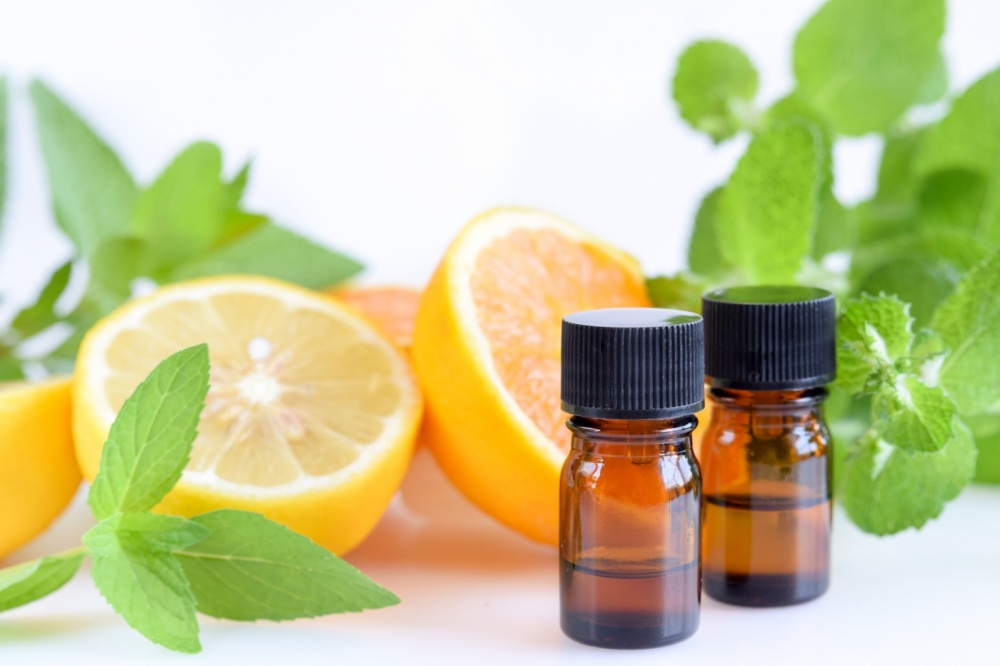The Advantages of Flavoring Your Natural, Functional Beverage with Extracts

Consumers today want it all - a beverage that looks appealing and tastes great while aligning with nutrition trends like low-sugar, clean label, and organic, and delivering unique and valuable functional benefits. If that wasn't enough, beverage creators must also balance needs for affordable, quality, ethically sourced ingredients and cost-effective production while taking into account distributor and retailer requirements.
That's a tall order, and there's no one perfect ingredient to solve every challenge. Beverage formulation requires knowing what's most important to your customer, understanding the benefits and tradeoffs of each component you're considering, and ultimately combining those ingredients to meet your customers' needs with a profitable, market-winning product.
Fortunately, there is a vast and growing range of tools available to beverage developers to get the job done. The more you know about the beverage building components available to you, the more innovative you can be in using them in your formula.
One ingredient category-leading beverage brands are learning to leverage in their formulas is extracts.
While using whole flavor components, like juice, has come into vogue, condensed and processed, natural ingredients, like extracts, help beverage brands address problems and realize advantages that other ingredients can't.
What is an extract?
An extract is a concentration of plant material using solvent separation. Some solvents are ethanol, oil, or water. Extracts allow food and beverage creators to capture the flavor and aroma components of a material with a concentrated substance that is more stable and has a longer shelf life than the source material. An extract is considered a natural flavor if it's extracted from natural sources like plant material. Some popular extracts include vanilla, almond, and peppermint, but extracts come from various source materials, including botanicals, fruits and vegetables, and herbs and spices. Functional extracts like green tea extract with caffeine, and elderberry extract with vitamin C and antioxidants, are also available to add properties beyond flavor and aroma to beverages.
Juices and other concentrates are still very much a part of the beverage formulators toolkit, but several factors make extracts an appealing option for innovative beverage development.
Appealing to Consumer Preferences
Consumers are more health and label-conscious than ever, and natural extracts are poised to align with customers' desires for more natural, healthful products. Extracts with specific functional benefits like increased focus, or enhanced immunity, have moved from the specialized nutraceutical market into the broader beverage segment. Extracts from well-known "healthy image" plants like ginseng, green tea, and ginkgo Biloba are also boosting beverages. Between 2017 and 2019, a survey by GlobalData found consumers reported a 64% increase in their positive view of extracts. Terms like "natural extract" can help communicate how your brand's ingredients fit into consumers' search for "clean label" beverages. But as concerned as consumers are with health and wellness, taste is still the most crucial factor for choosing a beverage. Extracts are a critical piece of the puzzle in formulating a stable, cost-effective drink that's both healthful and flavorful.
Creating More Consistent Flavor Profiles
The taste is the most crucial element for consumers in trying a new beverage, followed by price, healthfulness, and convenience. No matter how cheap or healthy a product is, if people don't enjoy drinking it, they won't repurchase it.
Extracts can heighten or balance beverage flavors while contributing less variability than juices or concentrates. Many terpenes, waxes, and off-notes are eliminated through the extraction process, meaning extracted components of a natural ingredient will stay stable longer than juices or concentrates. By removing some of the more volatile elements and compounds found in other flavoring products, extracts can help deliver more consistent taste and quality even as your beverage ages during transport or on store shelves.
Customers expect a consistent experience no matter when or where they purchase your beverage. Extracts provide dependable flavor under a range of conditions, but consistency is just one of the many factors to consider during formulation. The flexibility of extracts brings even more customized solutions to beverage creators.
Adding Flexibility to Formulation
Besides the wide range of materials available for extraction, flavor companies can choose different solvents and extraction methods to meet specific formulation needs. Unlike juices, where "you get what you get," extracts can be adjusted to deliver different levels of purity, intensity, and heat processing tolerance to meet customized goals around flavor profile, processing needs, shelf life, and labeling requirements. Many extracts are custom-formulated to meet a brand's specifications.
Tips for Successfully Working with Extracts
As with any ingredient, a beverage's success working with extracts will depend on the quality of the materials, the integrity of the company producing them, and their grasp on the formulation process. While extracts present many opportunities, there are also unique challenges that come with balancing what they bring to the table and what they leave out, especially when it comes to qualities like sweetness, color, and mouthfeel of the final beverage. A winning formulation doesn't rely on one or two innovative ingredients but instead creates a combination that creatively leverages several components' qualities and characteristics together.
It's essential to look at where and how a flavor company is sourcing its ingredients, the range of processes they use for extraction, and their ability and willingness to dig into your formulation goals and develop unique, innovative solutions.
As beverage formulations advance to meet growing consumer demands and expectations, extracts will continue to serve as an instrument and catalyst for beverage innovation.
 By
By 